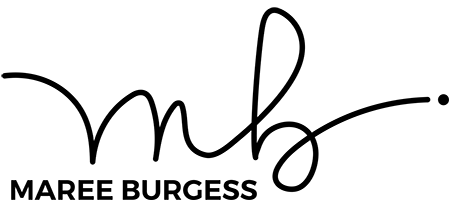
I’ve recently become a pillion passenger of a cruising motorbike. I’ve been watching with interest the respect shown to pretty much any other rider (other than, it seems, people on scooters) with the backward head nod, where the rider tips their head backwards and then forward which is a nod of acknowledgement for the other rider. When we are riding past another rider we have no idea who they are because they have a full helmet on, or an open face helmet with sunglasses and maybe a bandanna, however there is this automatic acknowledgment of ‘I see you and I acknowledge you as a bike rider’ and therefore we are part of the same tribe.
This is what Tribes are all about. They are about easy familiarity with signals or rituals to acknowledge each other as our tribe. It is about creating sameness.
In contrast it doesn’t take much to create alienation with people we haven’t got shared signals with and differences become apparent. Things like an accent, a different language, different gender, different age groups and other cultural differences that separate us from others. The more closely our values and our cultural norms are aligned to others the more likely we are to come up with those signals of respect and commonalty and putting ourselves in that tribe.
In my work I talk about diversity and particularly diversity of thinking. In my book The XX Project, I talk about creating that diversity of thinking within corporations.
With diversity though, comes the challenge of finding the backward head nod, the signals or rituals we have with other people at this more senior level to create a tribe, or feel we are part of a tribe.
One of the real challenges we face in in developing more diversity of thinking in Australian organisations is the ongoing struggle to maintain that diversity. When new people join a tribe, bringing their diversity of thinking, one of the first things they do is assimilate to reduce differences. They want to recognise the signals at this level and adopt that backward head nod to fit in and acknowledge others and become just like their peers.
This can mean losing that diversity of thinking because the new people with different thinking are adopting similar mannerisms, adopting similar values and I think we are the poorer for that.
How can we create a tribe of peers and still retain that important diversity of thinking.
The backward head nod is a signal that we are in the same tribe and yet when we remove our helmets we can find many differences and be OK with that.
What signals in an organisation exist to create our tribe and yet still allow us to maintain our diversity of thinking?
We don’t want people stepping into senior roles in an unbalanced organisation who have that diversity of thinking and expect them to become just like their peers. How can we nurture and maintain that diversity, essential for an organisations productivity and success, while embracing the rituals that make us feel safe, to create trusted relationships and build our tribe?

